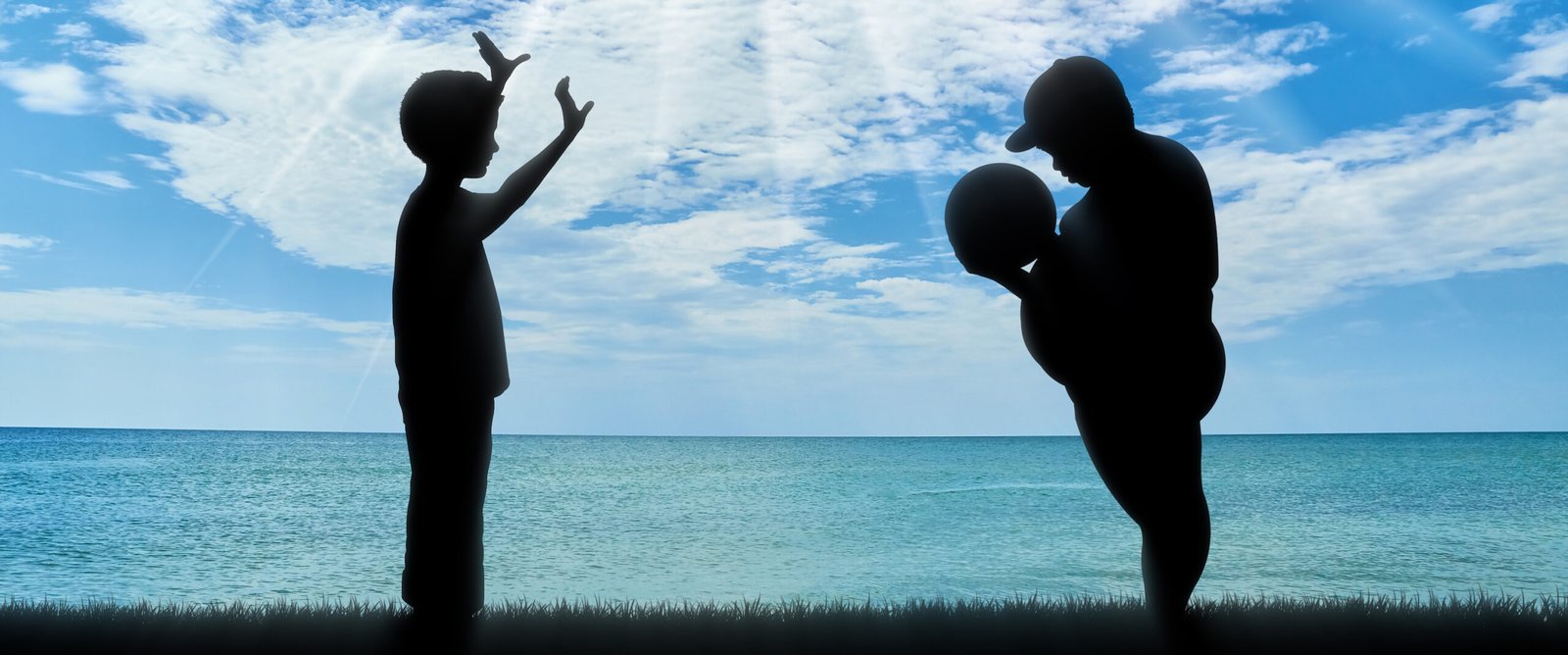The UK’s Lords have united to call for the UK Government to rethink its approach to sport and physical activity, and make it a core part of the Covid recovery, writes David Ferguson.
This follows a year-long investigation into UK activity levels, and mirrors representations made by the Observatory for Sport in Scotland (OSS) to the Scottish Government’s Deputy First Minister, John Swinney, on how re-igniting community participation would have far-reaching consequences for Scotland’s Covid recovery and future health.
As reported in the OSS research ‘Sport Participation in Scotland: Trends and Future Prospects’, written by Nick Rowe (2019), beneath the average figure of 53% of Scots being engaged in sport lies a very worrying trend. While participation has been rising in areas of walking, cycling and gym use, this relates clearly to people from more affluent backgrounds. The mirror trend is as clear – people from mid to lower SIMD (Social Index of Multiple Deprivation) areas in Scotland have been on a steady decline in sport activity levels through the past 20 years. It is visible in communities where traditional sports that once fielded four or five teams every weekend now field just one or two, or have closed, and social hubs lost. And when we discuss sport here, we are looking at all kinds of activity from pre-school ‘tumble tots’ to swimming lessons, school sport to club activities, walking groups to yoga and walking sports for older people. Up to the age of 10, Scotland ranks highly across Europe for sport activity levels, but from 11 years on it starts to slide markedly to the point that in adulthood Scotland is among the lowest for sport activity levels. Further research published by the OSS in 2020, written by Professor Tess Kay, identified the main barrier to activity in Scotland in the 21st Century was poverty and inequalities.
The House of Lords Sport and Recreation Committee has investigated these trends in the past year and this week revealed their results, stating that efforts to get the public fitter had failed, with “uncoordinated and fragmented” delivery – and this was prior to the Covid pandemic.
The report stated that the value of community sport activity is not recognised within government, left with the Department of Digital, Culture, Media and Sport (DCMS) and not being discussed in health, education and other more influential government governments. There are similar concerns across Scotland around a lack of understanding of the value of community sport among Scottish politicians.
The Lords’ report called for physical education to become a core national curriculum subject in schools, as part of a new national plan for sport, health and wellbeing, and for a new statutory requirement for local councils to provide and maintain facilities for physical activity. At present, there are no statutory requirements for sport and leisure. Instead, local authorities have to agree to provide ‘adequate’ services, but this is not defined and so varies from area to area, and has suffered significant reduction in investment in the past 20 years.
Sport England backed the call, releasing what it called “sobering and stark” data that showed activity inequalities have been exacerbated by the Covid-19 pandemic.
The government funding agency’s latest survey revealed four million children aged between five and 16 failed to meet minimum recommended activity levels during the last year, with lockdowns drastically reducing organised sport. Mirroring the OSS reports, Sport England’s new Active Lives survey showed the activity gap has widened between the most affluent and least affluent families. There is also a broader ethnicity gap, with only 36% of black children active, compared with 45% of all children and young people.
The House of Lords report is being hailed as a landmark publication as, alongside explaining the value of community activity to health and wider societal benefits, it reveals the true extent of the problem in the UK. Terming it a ‘physical activity crisis’, the House of Lords Committee also called for a widening of responsibility across UK Government, following European governments in using community sport as a tool to address health and wellbeing, education, social cohesion and economic concerns, calling for:
- Responsibility for sports policy to move from the Department for Digital, Culture, Media and Sport (DCMS) because it “lacks the clout within government to deliver the cross-departmental coordination” required, with a new minister for sport, health and wellbeing
- The establishment of an independent sport ombudsman to ensure “an inclusive environment around” which is “not possible without a robust approach to duty of care and safeguarding”
- The introduction of “mandatory reporting” of abusive behaviour in sport and recreation settings to tackle the abuse of children and young athletes
- Sport England to “improve its funding and support for organisations delivering to under-represented groups”.
The Lords committee – whose members include former Paralympian Baroness Tanni Grey-Thompson, West Ham vice-chair Baroness Karren Brady and Lord Moynihan, a former sports minister and head of the British Olympic Association – said it was “shocked” that many primary school teachers receive only a few hours’ training focused on PE and found that the subject is “not valued highly enough in schools”. There are similar concerns in Scotland.
Lord Willis, the chairman of the committee, said: “The pandemic has made abundantly clear the pressing need to get the country fitter and more active. Something needs to change and now is the time to do it.”
The OSS is Scotland’s only independent research think-tank and, in discussions with the Scottish Government, we have called for the same widening of approach north of the border. OSS CEO David Ferguson stated: “We welcome the report from the House of Lords, after a lengthy and detailed inquiry over the past year, as it brings the UK to a point more active European governments have reached at various stages in the last 20 years. We need Scotland to follow.
“Participation in simple sport activity – which used to be available and free for all in streets and parks – is not ‘stable’ or ‘flat-lining’ as many state. That ‘stable’ figure is a national average. It is in fact increasing for people from more affluent backgrounds, on bikes and using gyms, and following a steady decline for people from less affluent backgrounds and who face inequalities through gender, disability, ethnicity and other aspects.
“In emerging from the pandemic we can go one of two ways: up, to a healthier population, or continue on the current path, down to deeper health, education, societal and economic problems. To make it the former, we need politicians and policy-makers to realise that investment in simple regular physical activity, for all ages and abilities, is a remarkable tool to effect change.”






Thought Piece from Charlie Raeburn for Reform Scotland